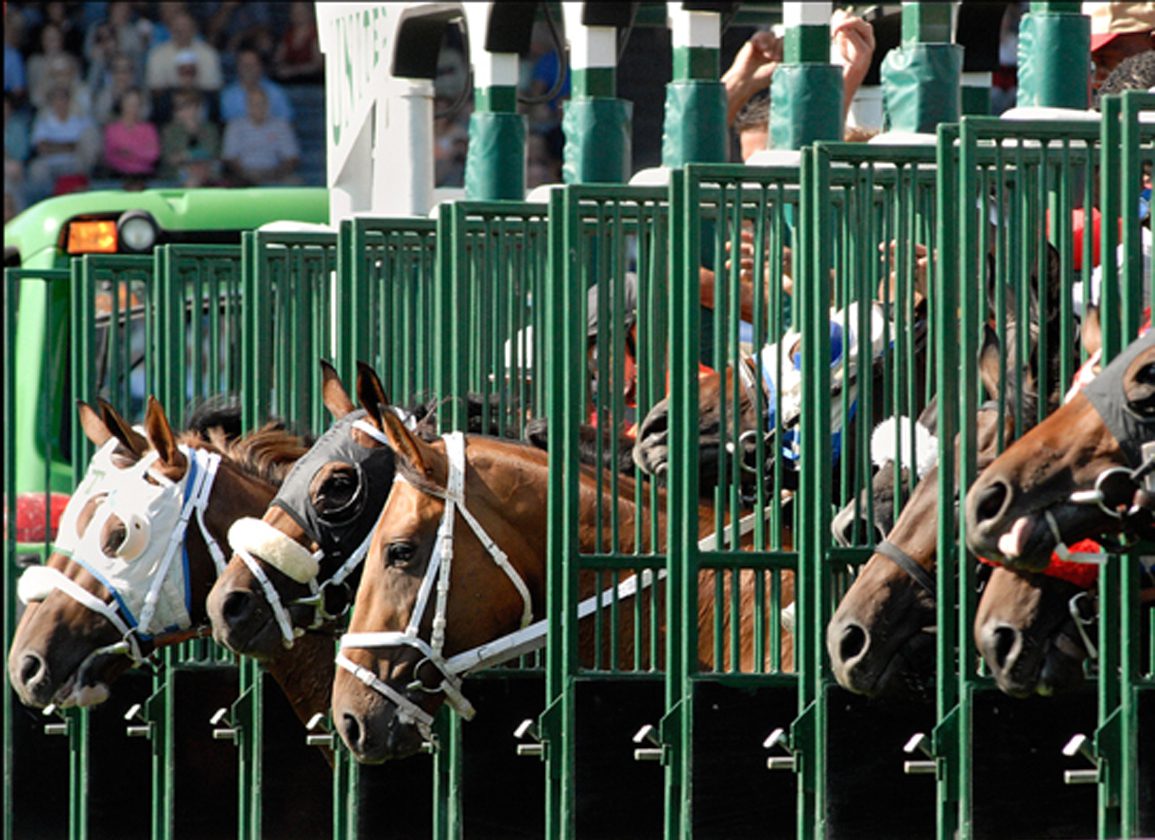By T. D. Thornton
A unanimous voice vote Monday by the New York State Gaming Commission (NYSGC) restructured some of the time frames related to Thoroughbred claiming rules in the state.
The measures had been developed in consultation with the managements of New York's Thoroughbred racetracks and horsemen's organizations in the state.
The overall slate of changes had been in the works since last August, and the package was originally scheduled to be voted upon last month.
But during the May 20 meeting, commissioner John Crotty raised concerns about whether it was in the best interest of equine safety to reduce by 10 the number of days that a claimed horse is restricted from running back for a claiming tag less than 25% greater than the price at which it was claimed.
So the vote was tabled until June 24 for the purpose of allowing Scott Palmer, VMD, who is the NYSGC's equine medical director, to express his opinion on changing the post-claim run-back time frame from 30 to 20 days.
Palmer opened his remarks on Monday by explaining that, “It's important to understand that this is a subject that is under constant revision and consideration…. We know that horses that are in claiming races are at increased risk for catastrophic injury.”
Palmer then pointed out that published equine safety research has shown that horses are indeed at an increased risk for injury within 30 days of being claimed.
But Palmer added, “during that period of time, it's a matter of getting acquainted with the horse; evaluating the horse to make sure it's okay to race again.”
Palmer then said, “And so I think that any change to rules that allows a claimed horse to race back [in] less than 30 days, potentially, could increase the risk for injury if that horse was not well-evaluated in that period of time before he's raced again.
“I'm not saying it couldn't happen-it certainly could happen within 20 days,” Palmer continued. “But I think it's important that we emphasize that period of time be used constructively and aggressively to examine and make sure that [any claimed horse] is fit to race again before they enter the horse.”
After hearing this line of reasoning, the NYSGC voted in the entire claiming rules package without discussion.
Crotty-who had both made the original motion to consider the rules changes last August and also raised concerns about the run-back time on May 20-was not in attendance for the June 24 vote.
But NYSGC executive director Robert Williams made sure it got put into the record that he had spoken to Crotty before the meeting, and that Crotty had indicated to Williams that he would have voted affirmatively to pass the measure if he had been able to make the meeting.
Last Aug. 3, a brief written by NYSGC general counsel Edmund Burns outlined the following rationale for the run-back time portion of the rule change:
“A review of recent data…indicates that horses generally run on a 28-day schedule and condition books generally schedule a value class every 28 days. Under current regulations, a claimant who wants to start a horse again in the same class may be effectively forced to wait 56 days from the date of the claim. The position has been advanced that such period is unnecessarily long and causes issues for owners, trainers and the racetrack, which seeks to fill competitive races…
“By reducing the requisite waiting period, owners will have a greater opportunity to start a horse for the price at which the horse had been claimed, given that the owners would be able to gain access to races that had already been written in the track's condition book 28 days in advance,” Burns wrote.
Other aspects of the rules package that passed on June 24 included:
Allowing claimants who have raced on a circuit within 120 days, which would increase the number of owners qualified to make claims.
Allowing 30 additional days for holders of a certificate of eligibility who have lost a “shake” for a claimed horse, providing an owner with an opportunity to claim when the owner has not been successful in claiming a horse within the first 30 days of a race meeting.
Beyond the 20-day restriction against running a claimed horse again for a claiming price less than 25% greater than the claiming price, the establishment of a further 10-day period in which a claimed horse may start for a price equal to the claiming price.
Extending from 30 to 60 days the prohibition against running a claimed horse outside of New York State, with an exception for horses claimed at Finger Lakes, in which case the horse may run elsewhere after 30 days from the end of a Finger Lakes racing season.
Not a subscriber? Click here to sign up for the daily PDF or alerts.






